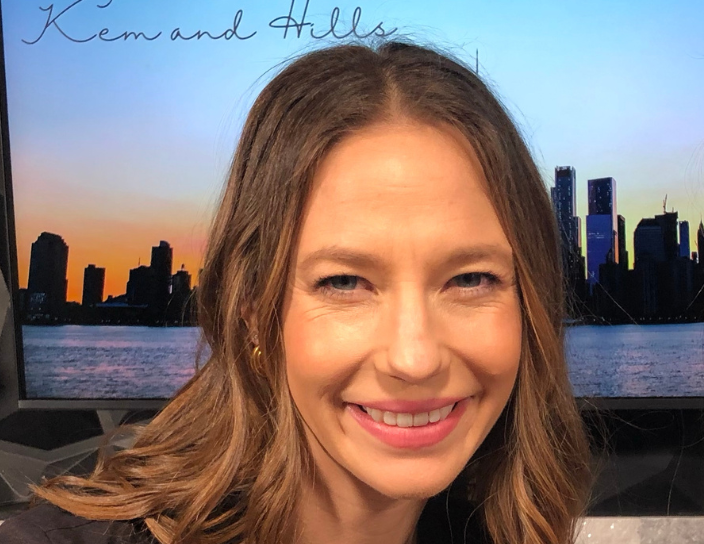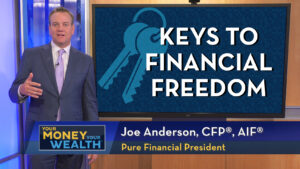Trump’s Push for 1% Interest Rates: Rocket Fuel or Recipe for Trouble?

What happens when you slash the cost of money to nearly zero? President Donald Trump thinks the answer is economic rocket fuel. His proposal to cut Federal Reserve interest rates down to 1% is one of the boldest — and most controversial ideas in today’s economic debate. While it could make borrowing cheaper and markets happier in the short run, the long-term consequences may be far less rosy.
Why a 1% Rate Matters Now
The federal funds rate the short-term rate that sets the tone for mortgages, auto loans, and credit cards — currently sits between 4.25% and 4.5%. Trump wants it at 1%, arguing it will boost jobs, spur growth, and send the stock market soaring. But economists warn that such a move outside of a recession is unusual and risky. Historically, 1% rates have only appeared during major crises like the 2008 financial meltdown or the COVID pandemic. Using them in calmer waters could backfire.
Winners and Losers of Cheaper Money
If you’re a borrower, lower rates sound like a dream. Mortgages, credit cards, and business loans would all become cheaper. But if you’re a saver, the news is grim. High-yield savings accounts and CDs, currently offering around 4%, could tumble to 0.5% or less. That shift would hit retirees and anyone relying on savings income the hardest. Investors would likely cheer in the short term stocks could rally, bonds could benefit from lower yields but inflation fears might eventually push borrowing costs back up, undoing the initial gains.
For homebuyers, lower mortgage rates could help unlock affordability, but in today’s tight housing market, cheaper borrowing might just drive prices even higher. Businesses could access cheap capital, yet many CEOs might interpret such a dramatic cut as a signal of looming trouble, not expansion.
A Look Back at 1% Rates
The Fed has gone this low before, but only during emergencies. In the early 2000s, ultra-low rates were used to recover from the dot-com bust. During the 2008 crisis, they helped stabilize banks but also fueled a housing bubble. In 2020, rates were slashed to near zero during the pandemic to prevent collapse. Each time, the “cheap money” strategy carried long-term side effects bubbles, inflation, and distorted markets.
The Current Economic Backdrop
Today’s U.S. economy doesn’t look like a crisis. Inflation has cooled but is still above the Fed’s 2% target. Unemployment remains low, though some industries are softening. GDP growth is slowing, housing affordability is strained, and the national debt has topped $34 trillion, making high interest costs a growing concern. The Fed’s current plan is gradual projecting rates at around 3.5% by 2026. A plunge to 1% doesn’t fit that path unless something breaks.
Independence of the Fed
Here’s the political wrinkle: Trump can’t just order this move. The Federal Reserve is designed to be independent, and Chair Jerome Powell whom Trump appointed but now criticizes has said he won’t slash rates recklessly. Any major cuts would need to align with data, not politics.
Short-Term Gains vs. Long-Term Risks
A 1% rate could absolutely light a fire under the economy. Borrowing would surge, stocks would likely climb, and consumers would feel a temporary jolt of optimism. But history shows that aggressive cuts outside of crises often lead to overheating, inflation spikes, and asset bubbles. In other words, what feels like rocket fuel today could become an economic hangover tomorrow.
Why It Matters to You
For everyday Americans, the debate over interest rates is more than policy talk. It determines the cost of your mortgage, the return on your savings, the price of your groceries, and even the health of your retirement accounts. Whether the Fed cuts gradually or Trump gets his 1% wish, the stakes couldn’t be higher.
All writings are for educational and entertainment purposes only and does not provide investment or financial advice of any kind.







